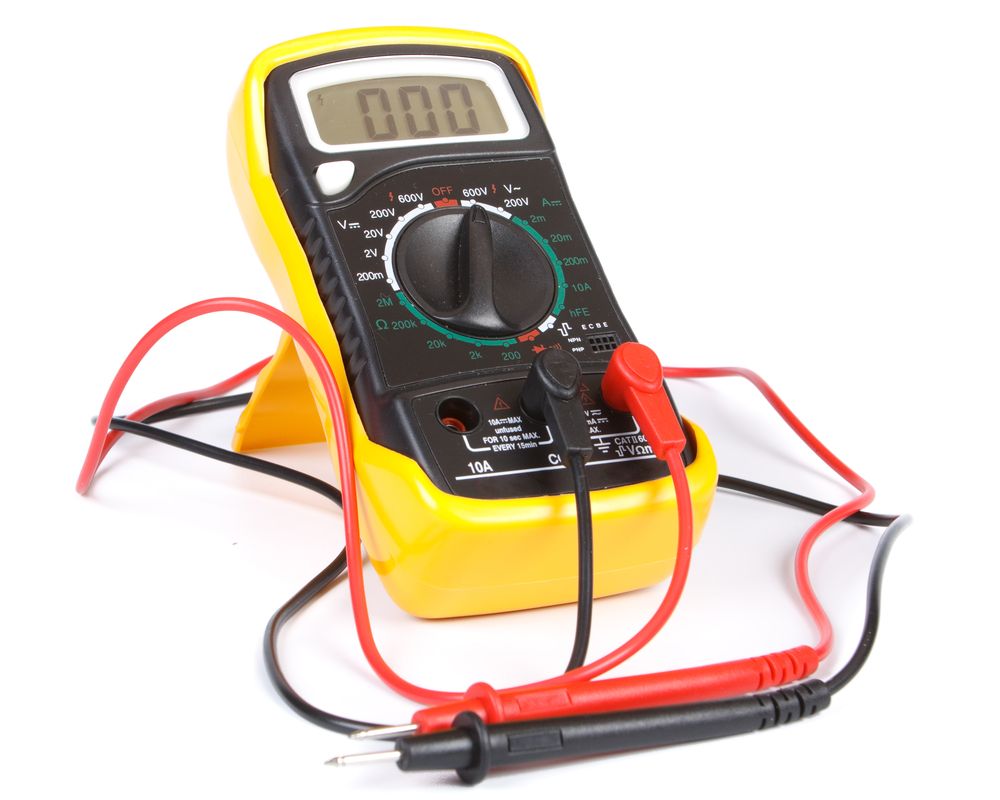When troubleshooting an irrigation system malfunction, a volt/ohm meter is your best tool to start with. Always begin your troubleshooting efforts at the controller, and follow these five steps to determine if your problem is mechanical or electrical.
- Check the power to the controller.
It should be 115 volts, with no more than 10 percent variance.
- Check the power at the terminal strip.
Turn on the station in which your problem resides. It should have a reading of 19-30 volts.
- At the controller, check the ohms on the valve wire path.
To do this, disconnect the common wire from the terminal strip and set the volt/ohm meter to 200 ohms. Test to make sure the batteries in your meter are good. To do this, touch the leads together; the reading on the meter should be 0.00 ohms. Place one lead on the valve common wire, and place the other on the terminal strip valve field wire. If the wire path and the solenoid are good, a normal reading will be between 20 and 60 ohms.
Measure your wire runs and make sure they fall within the maximum recommended length from the controller to the valve.
Look for consistency across all stations. If a station is inconsistent with the others, this could indicate where the problem area is.
If your ohms reading is not within the accepted range, you have a fault. There are two main types of faults: open and short. An open fault indicates a break in the wire path. A reading over 200 ohms is a potential fault and many times the reading will be infinity. In a short, a wire touches short of its total path; a reading will be low—less than 10 ohms—and may be attributed to a fault in the field wire or a bad solenoid.
- Check out the faults.
Once a faulty reading is seen at the controller, the next step is to take an ohms reading at the valve in the field. Disconnect the solenoid leads from the field wire and touch them to the leads from your volt/ohm meter. If the reading is over 200 ohms, you have a potential open, whereas a reading of less than 10 ohms indicates that there is a short.
If you get a good reading at the valve (20-60 ohms), then re-splice the connections at the valve and retest it at the controller. If you get a good reading at the controller now, then your problem was at the splice that you just fixed. If the reading at the controller is still bad, then the problem is in the field wire.
- No Faults?
If your readings are normal, the problem is mechanical. Consult the manufacturer’s recommendations for valve troubleshooting to ensure proper installation.




